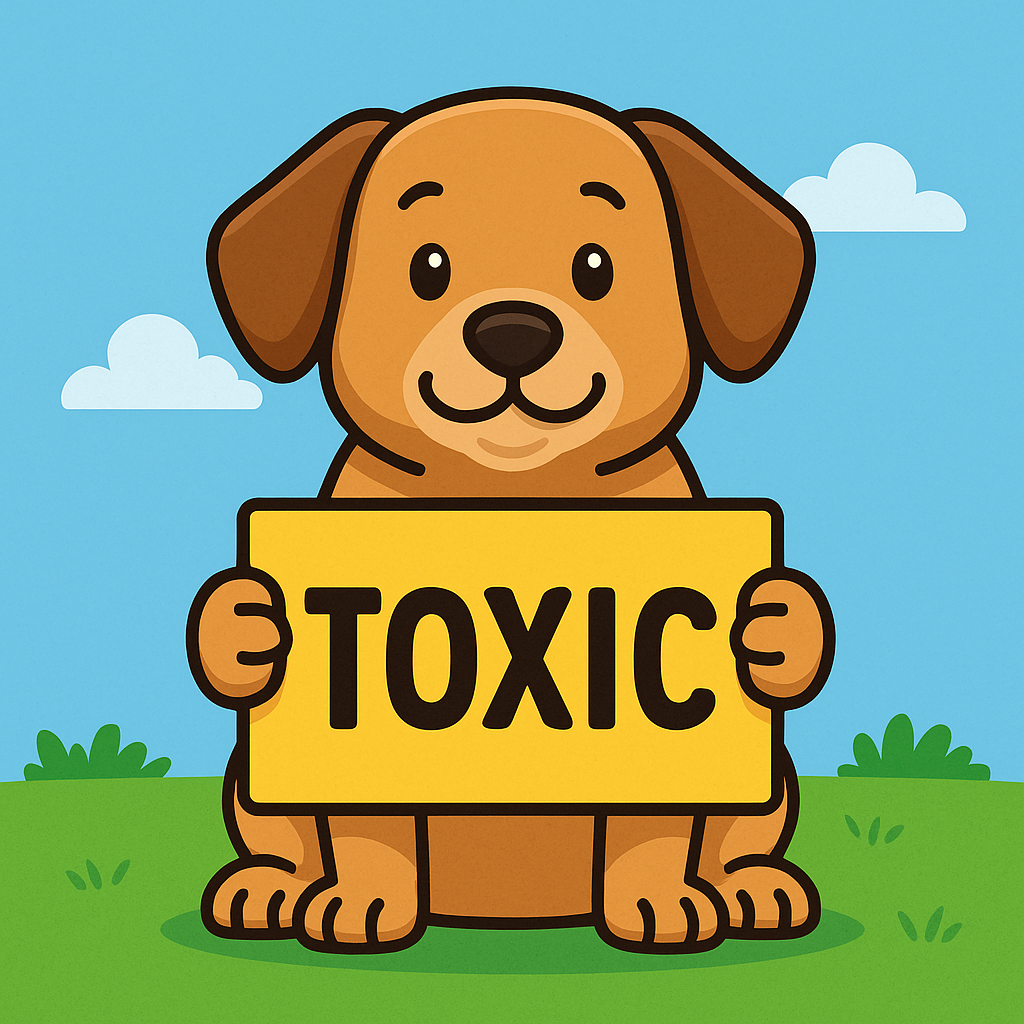
We know just how hard it can be to resist those puppy-dog eyes begging for a bite of your favourite snack. Sharing food with your furry friend might feel like an act of love. But not all human treats are safe for canine consumption. In fact, many common foods we enjoy every day can be extremely harmful to dogs. And in some cases, even a small amount can lead to serious health issues or emergencies. Today we discuss what the main toxic foods for dogs are.
Understanding what foods are toxic to dogs is crucial for every pet owner. From chocolate and grapes to onions and artificial sweeteners, there are numerous everyday items that should be kept well out of reach. In this blog, we’ll explore the most common toxic foods for dogs, the dangers they pose, and what symptoms to look out for if your pet accidentally ingests something harmful. Being informed is the first step toward keeping your pup happy, healthy, and safe.
Chocolate
Chocolate is one of the most well-known toxic foods for dogs. However, it contains theobromine and caffeine, which are both stimulants. Unlike humans, dogs metabolise theobromine very slowly, making it toxic even in small amounts. The darker the chocolate, the higher the theobromine content, making dark chocolate and baking chocolate particularly dangerous. Typical signs of exposure to toxins include vomiting, diarrhoea, rapid heart rate, restlessness, and seizures.
Grapes and Raisins
The exact substance in grapes and raisins that causes toxicity is still unknown, but even tiny amounts could lead to severe kidney failure in dogs. Some dogs may not show symptoms immediately, but the effects can be delayed and severe, leading to sudden kidney failure. Symptoms of poisoning are the following. Vomiting (often within a few hours of ingestion) Lethargy Loss of appetite Abdominal pain Increased thirst and urination, followed by decreased urination
Onions and Garlic
Onions, garlic, and other members of the Allium family (including leeks and chives) contain thiosulphate, which can damage a dog’s red blood cells, leading to a condition called haemolytic anaemia. Garlic is more concentrated in thiosulphate than onions, making it even more potent. Both raw and cooked forms are dangerous, as are onion powder and garlic powder, which are commonly found in many human foods. Common warning signs of poisoning include weakness and lethargy, pale gums, rapid breathing, vomiting and diarrhoea and red or brown urine.
Avocados
Avocado contains persin, a fungicidal toxin that can cause health issues in dogs. While dogs are more resistant to persin than other animals (like birds), they can still be affected, especially if they eat large quantities. The pit of the avocado is also a choking hazard and can cause blockages if swallowed. Typical signs of exposure to toxins include vomiting, diarrhoea, abdominal pain and breathing difficulties (if large amounts are ingested).
Other Foods to Watch Out For
In addition to the ones listed above, be cautious of the following foods. Xylitol (an artificial sweetener) causes a rapid insulin release, leading to hypoglycaemia (low blood sugar) and liver failure. Alcohol: Even small amounts can cause alcohol poisoning, leading to vomiting, coordination issues, and even coma. Macadamia nuts: can cause weakness, vomiting, and tremors.
